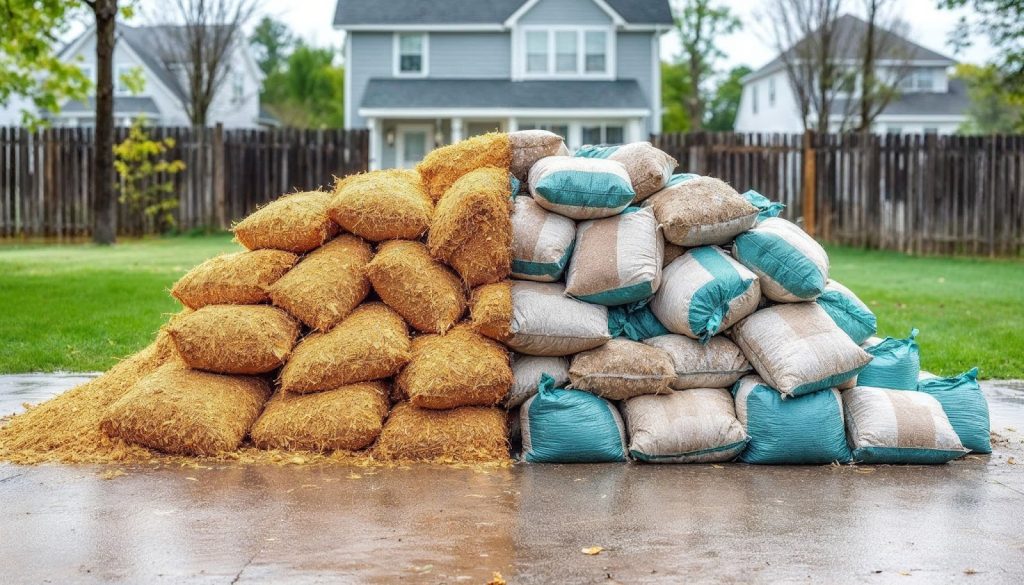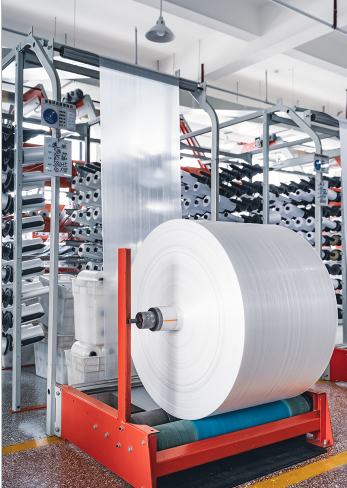
Sandbags are widely used for flood control, but sand isn’t always the best option. Many are now turning to alternatives to sand for sandbags that are more sustainable, affordable, and easier to handle.
This guide covers 20 proven substitutes, their benefits and drawbacks, how to choose the right one, and why the bag material itself matters. Whether you’re a homeowner, business, or flood control agency, you’ll learn how to build smarter, greener flood barriers—without relying on sand.
Why Look for Sand Alternatives in the First Place?
Relying on traditional sand for flood defense isn’t always the best option. Here’s why alternatives are gaining traction:
That’s where sustainable sandbag fillers come in—lighter, cleaner, and often easier to handle.
If you’ve ever asked yourself, “What are the best alternatives to sand in sandbags?”—this list gives you the answer. Each option serves different scenarios depending on flood risk, bag type, and environmental conditions.
Lightweight and biodegradable. Best for low-flow water control and erosion barriers.
Absorbent and lightweight. Good for short-term use in small-scale flooding.
Heavy and stable. Ideal for permanent barriers and high-water pressure areas.
Available almost everywhere. Can compact well but may leak under pressure.
Eco-friendly and biodegradable. Works in gardens or green infrastructure zones.
Great for absorption. It should be sealed properly to prevent breakdown.
Light and reusable. Popular in agriculture-heavy regions.
Biodegradable, renewable, and useful in both water and dry containment.
Absorbent and easy to source. It can be messy when wet.
Good structural fill. Best paired with durable polypropylene bags.
Water-resistant and reusable. Not biodegradable.
Lightweight and natural. Holds water well.
Extremely light. Ideal for temporary indoor use only.
Common in polymer-based barriers. Expands on contact with water.
Light and heat-resistant. Often used in chemical spill control, too.
Good for drainage and weight reduction. Pairs well with sealed bags.
Highly absorbent. Often used in emergency flood kits.
A hybrid option for balance between weight and absorption.
Lightweight and fully compostable. Best for short-term, low-pressure use.
Durable, reusable, and lightweight. Excellent for repeated flood deployments.
| Filler Type | Pros | Cons |
| Mulch, Sawdust | Lightweight, biodegradable | May shift easily, low water resistance |
| Gravel, Crushed Stone | Durable, good drainage | Heavy, harder to fill manually |
| Soil, Compost | Cheap, accessible | Weaker seal, may wash out |
| Polymers, Hydrogels | Expandable, reusable | More expensive, needs sealing bags |
| Shredded Textiles | Recyclable, low cost | Not waterproof, short lifespan |
| Agricultural Byproducts | Sustainable reuse | Less consistent in texture and weight |
| Rubber, Styrofoam | Reusable, durable | Not biodegradable, risk of plastic leakage |
| Bentonite Clay | Water-tight sealing | Dusty, heavy, hard to clean |
Note: Always pair your chosen filler with a durable bag that can handle the weight and moisture. XIFA’s FIBC and PP woven bags are designed to meet these needs reliably.
The best filler is only as good as the bag that holds it.
XIFA Group’s woven polypropylene and FIBC bags are made with raw materials sourced from trusted, quality-controlled suppliers. Each bag is engineered to:
Thanks to their waterproof and high-strength build, XIFA bags are ideal for all kinds of flood defense and emergency preparedness strategies.
After floodwaters recede, it’s crucial to manage filler disposal responsibly.
Choosing eco-friendly fillers paired with recyclable bags helps reduce post-flood waste and supports sustainability goals.
Smarter Flood Defense Starts with Smarter Fillers
Sandbags aren’t your only line of defense. With better, greener materials available, finding the right alternatives to sand for sandbags is a smart move for flood protection—and the planet.
When paired with strong, reusable bags from XIFA Group, these eco-friendly fillers become even more effective. Our FIBC bulk bags, woven PP bags, PE film bags, and BOPP laminated options are built to handle it all—safely, reliably, and sustainably.Ready to upgrade your flood defense? Explore our products or request a quote at XIFA Group.




